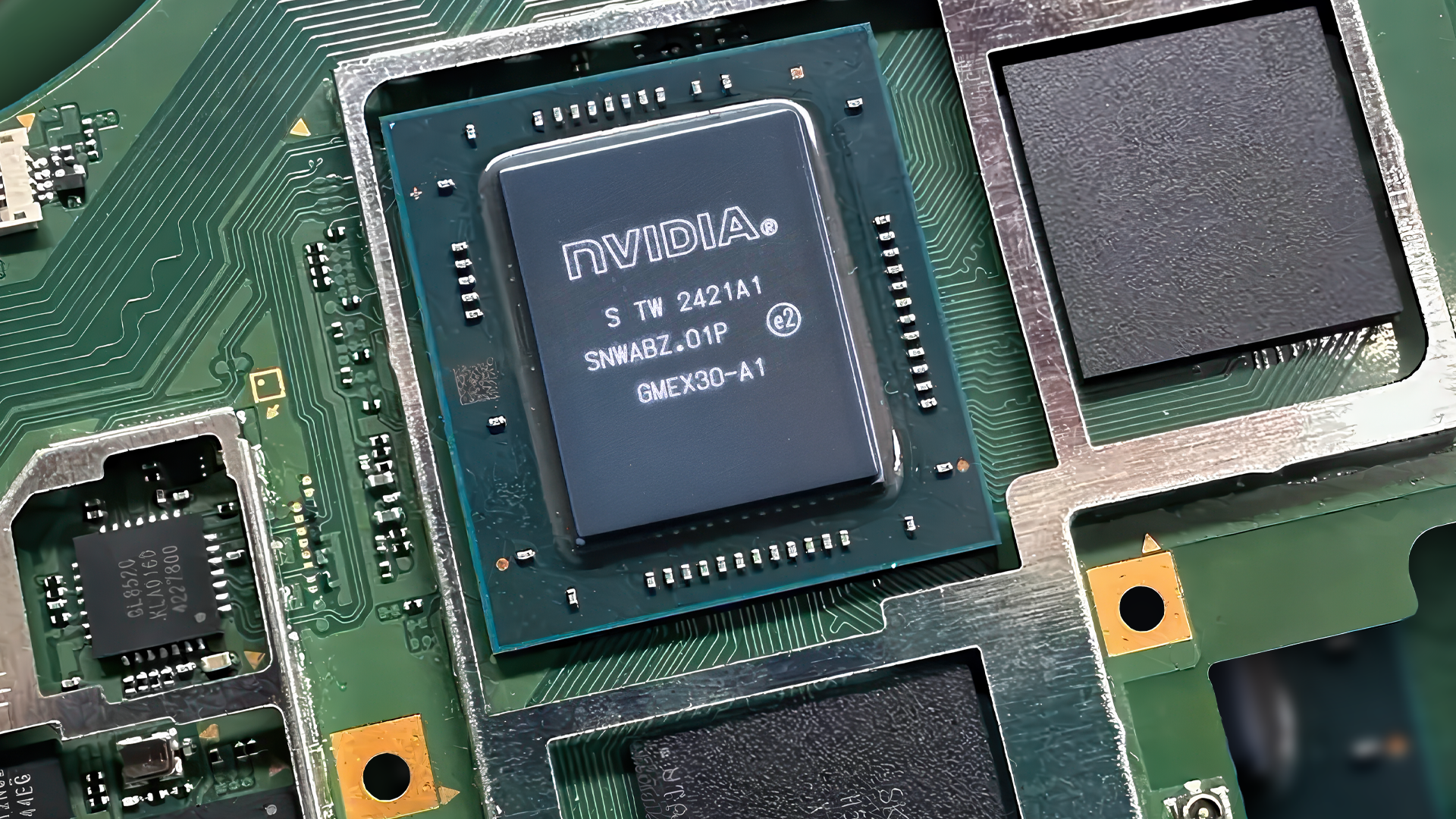Remember the discourse surrounding a proposed Switch Pro? Rumours of an upgraded Switch model began as early as 2018, but it wasn’t until 2020 that the Pro’s attributes including “more computing power and 4K high definition graphics” were reported on by Bloomberg. Simultaneously, it was understood that the Pro would also feature a seven-inch OLED panel. Of course, the OLED upgrade happened for the original Switch but the Pro did not. However, recent coverage of the Switch 2’s main processor may provide a partial explanation. Forensic analysis of a final Switch 2 chip by Geekerwan and Kurnal suggests that the hardware was finalised way back in 2021. With the benefit of hindsight, it now seems plausible that the Switch Pro was an amalgamation of rumours: a combination of the Switch OLED model and formative work on the console that’ll finally hit stores on June 5th this year.
First up, let’s cover the basics of the two reports that hit YouTube last week. It seems that a small number of Switch 2 motherboards made their way to Chinese online retail stores, meaning that both Geekerwan and Kurnal were able to buy the boards and begin their testing. The primary focus of their coverage is – or rather was – one of the most contentious aspects of the Switch 2 hardware: the technical make-up of the main processor. In certain circles, the nature of the Nvidia-sourced T239 processor has been a hot topic.
There are some very basic similarities with Nvidia’s T234, a product built for the automotive business – primarily the use of ARM A78-class CPU cores in combination with a custom RTX 30-series ‘Ampere’ GPU. It’s built on the Samsung 8nm fabrication process, which is itself a refined version of its older 10nm node. Compelling leaks – primarily from Nvidia itself, in addition to a hack – all but confirmed that Switch 2 featured an Ampere GPU but another version of the A78 CPU cluster, better suited to games. So far, so good. However, the idea that Nintendo would use an 8nm processor didn’t sit well with some: it was considered old, inefficient technology that would produce a chip so large and so power-hungry, it could never be used in handheld.
Both Geekerwan and Kurnal’s analysis demonstrate that the argument is not valid, with both concluding that the Switch 2 chip is likely on an 8nm process, perhaps even with 10nm features. Measuring in at a whopping 207mm2 (up against the 166mm2 in the launch Steam Deck), Nintendo designed a bigger Switch 2 to accommodate a much larger processor. It’s a processor so large it’s circa 75 percent larger than the original Switch’s and with twice the area of the revised Switch processor found in the Lite and revised models. Even more telling is that both analyses reveal that the chip was “taped out” – basically meaning the design was complete – in 2021. Geekerwan compares this to Nvidia’s GA107 processor – another 8nm product, taped out in 2020 and released in the form of various GPUs (RTX 3050, for example) in 2021.
